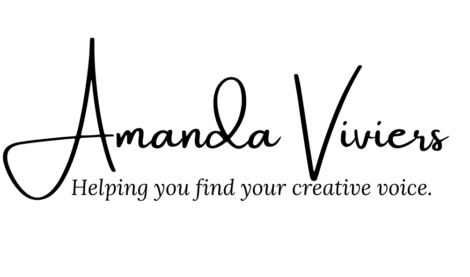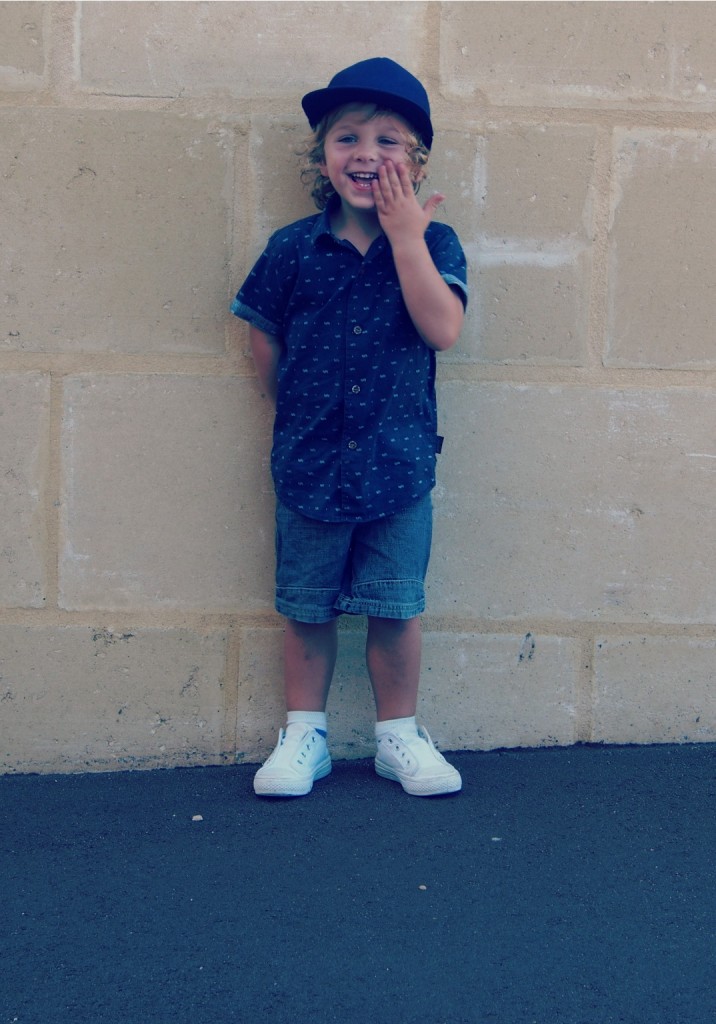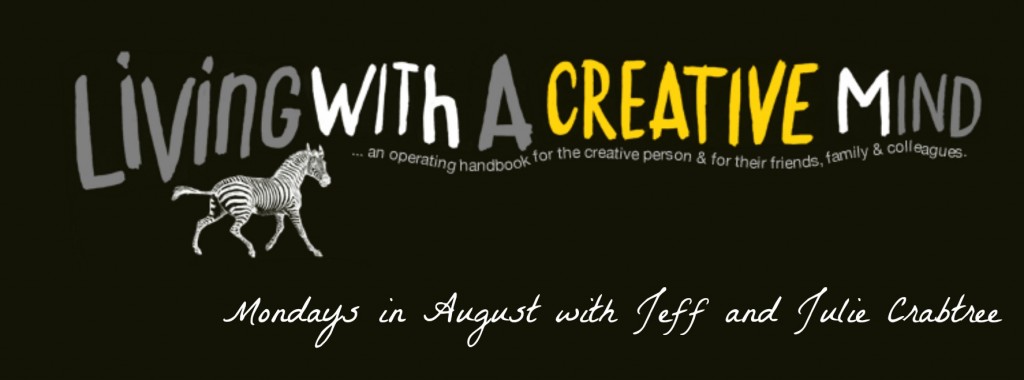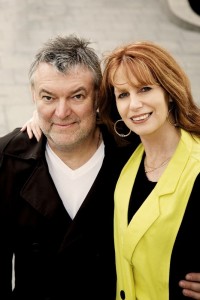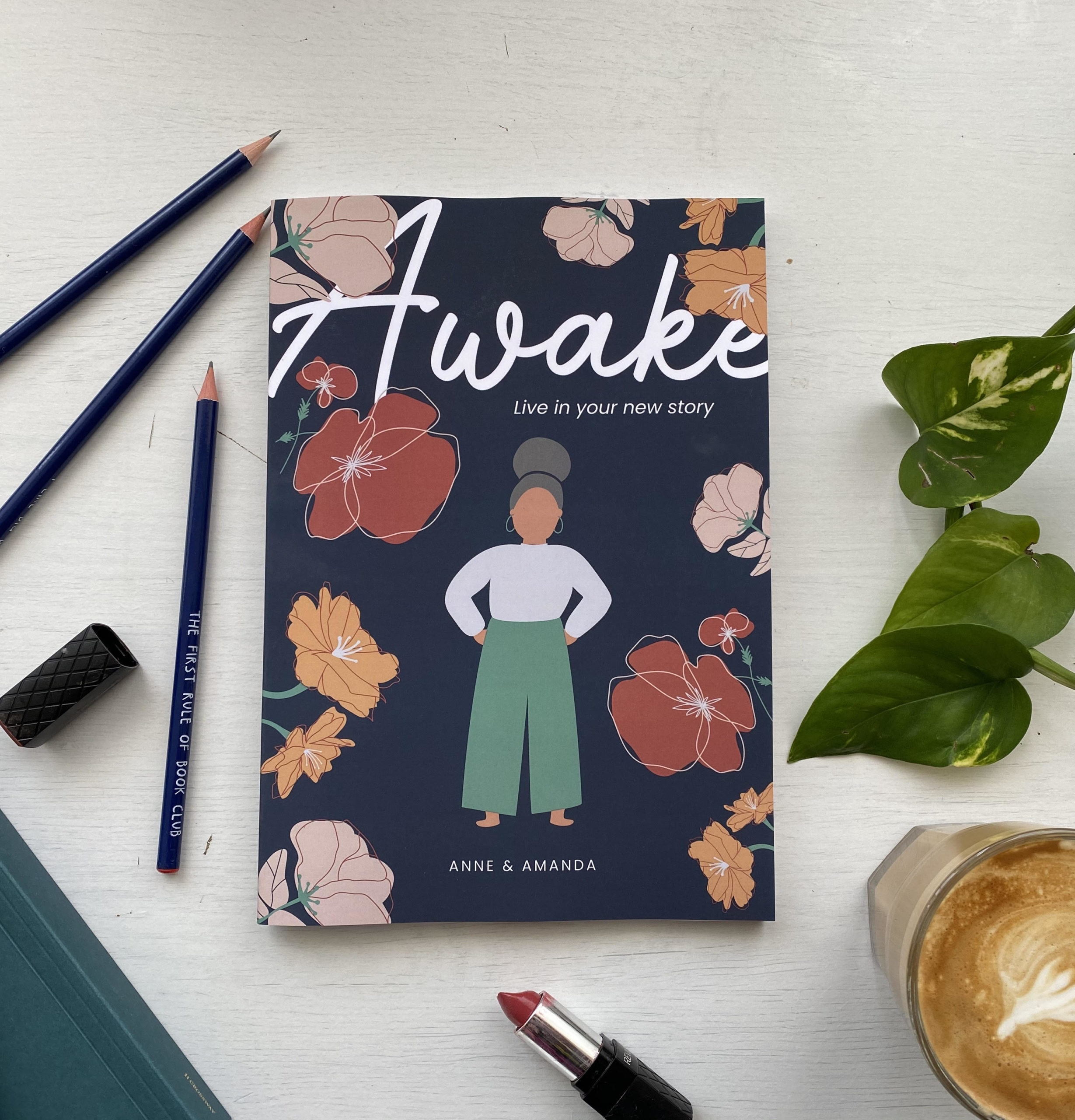
 As I lay on a massage table in a village in Eastern Bali, you could never imagine the thoughts that roamed my mind. Everything I could possibly need or want was in arms distance. A little boy, just shy of three and a baby girl sleeping soundly. A husband happy surfing and chatting with locals and my Mum on standby to look after our babies, so I could walk, write, swim or just be.
As I lay on a massage table in a village in Eastern Bali, you could never imagine the thoughts that roamed my mind. Everything I could possibly need or want was in arms distance. A little boy, just shy of three and a baby girl sleeping soundly. A husband happy surfing and chatting with locals and my Mum on standby to look after our babies, so I could walk, write, swim or just be.
Despite all this my mind, roamed to dear and dark places.
I remember lying there, overwhelmed with gratitude, but at the same time plagued with memories. I kept on trying to shake my mind out of it. ‘Come on Amanda, think on things that are pure, honourable, life-giving. Think on scripture, think on the amazing miracles that have come to your world over the last three years, choose to rise above.’
The really crazy thing is though, it was like every massage I had over the few weeks we were in Indonesia, bought out memories that I thought were way in the past. It was like my muscles had memories of those emotions, the feelings of betrayal, the lostness of rediscovering who I was. My body held memories of rejection and it didn’t matter how hard I tried to forgive, it was like I had to let that deeper layer of the grief come to the surface.
There is a scripture I love and hate in the same breath…
No test or temptation that comes your way is beyond the course of what others have had to face. All you need to remember is that God will never let you down; he’ll never let you be pushed past your limit; he’ll always be there to help you come through it.
1 Corinthians 10:13
Every part of this scripture confronts my desperation in the midst of a trial or difficult season.
He is good to us.
Even when we don’t feel or see it.
He is good.
Rejection is a difficult emotion to hang a hat on. Shame, Forgiveness, Self pity and Loneliness all rumble together and try to come out of the other side still clean.
Whether someone, or a group of people have rejected us, when they have said we are not good enough, we can no longer be a part of, when we are ignored, shut down, discounted and dismissed. It is a cut that goes deeper than any wound and one that causes a scar on our soul.
The only way I have been able to face these seasons of rejection in my life, is to reform where I get my sense of self worth from. It causes me to go back to my foundations and realign my purpose and worth.
Have you ever given everything you have and felt rejected?
Have you ever creatively put yourself out on the line and the risk really failed to pull off?
The best thing you can do is allow those emotions and feelings to come forward. Find ways to process, talk it through with someone trusted, write, have a massage, walk the beach and scream into the ocean.
Find ways to face that rejection front on and realign your purpose once again.
Write reminders of the beautiful opportunities in your today and find a way to re- capture who you are.
Acknowledge the part to play you had in the story, but also allow the bitterness of the moment to be sweetened by the truth of who you really are.
Rejection is the most awful of emotions.
But don’t let it steal your future friend.
Hold your hands out dirty and full of promise, ask forgiveness and rediscover the jewels longing to be discovered in this vulnerable place.
